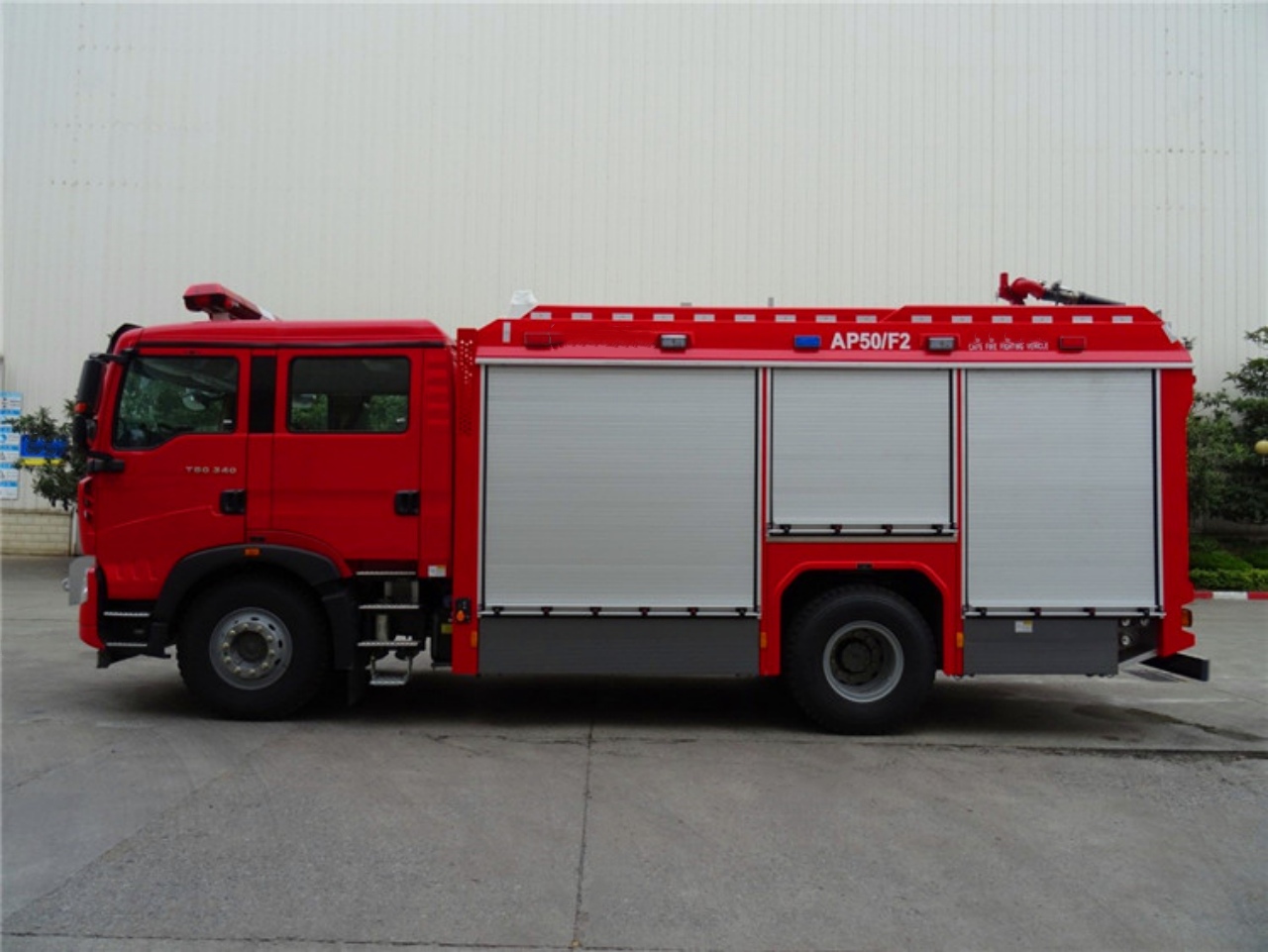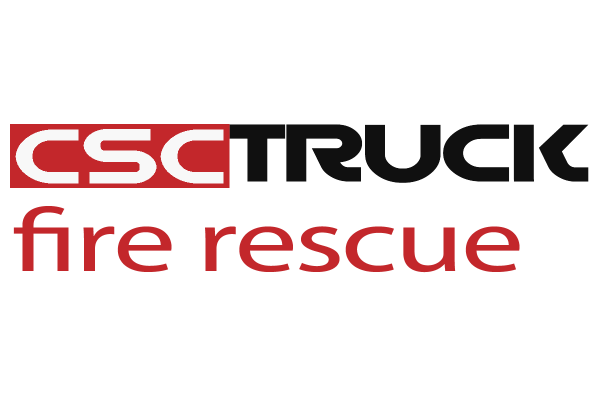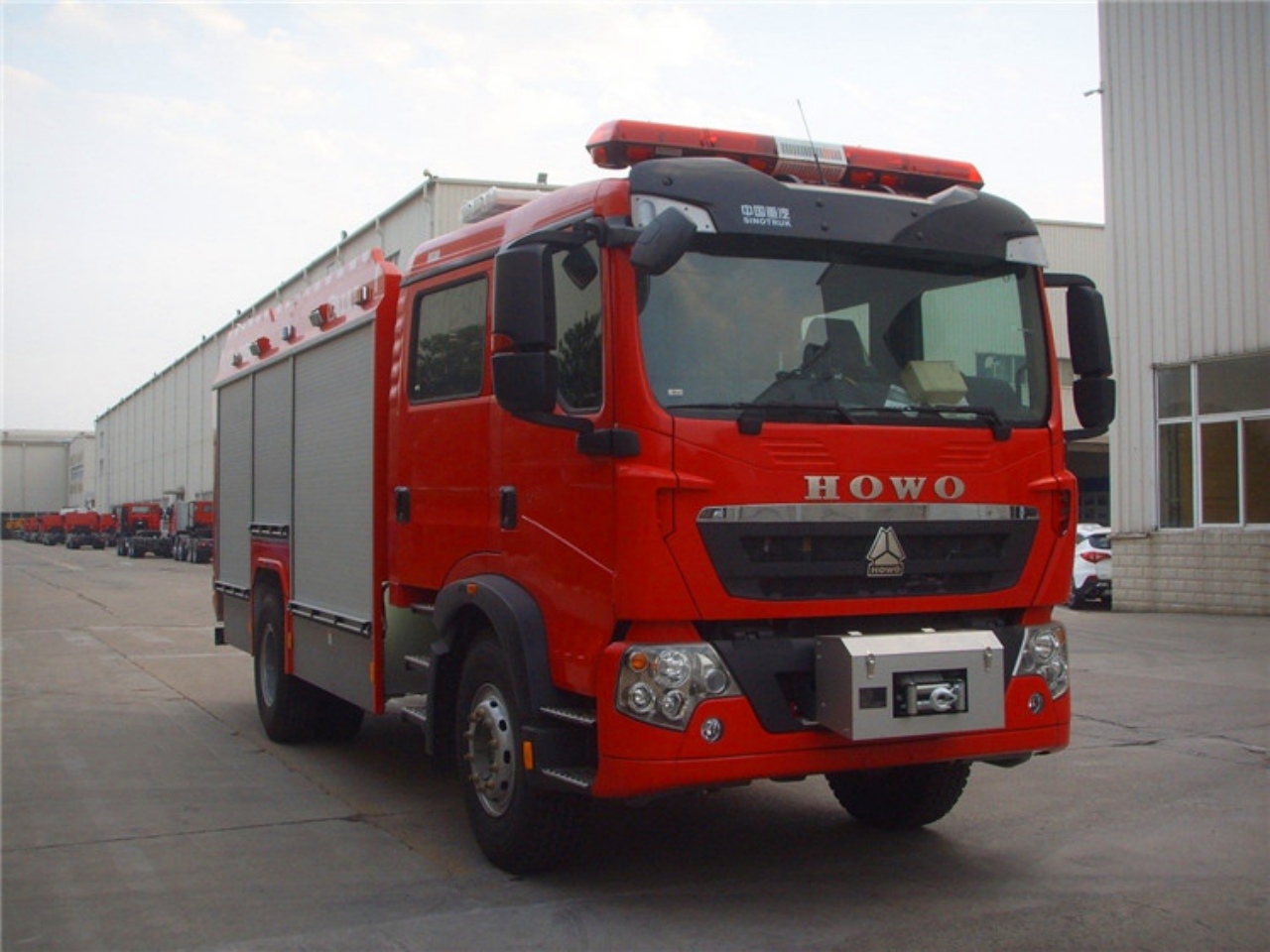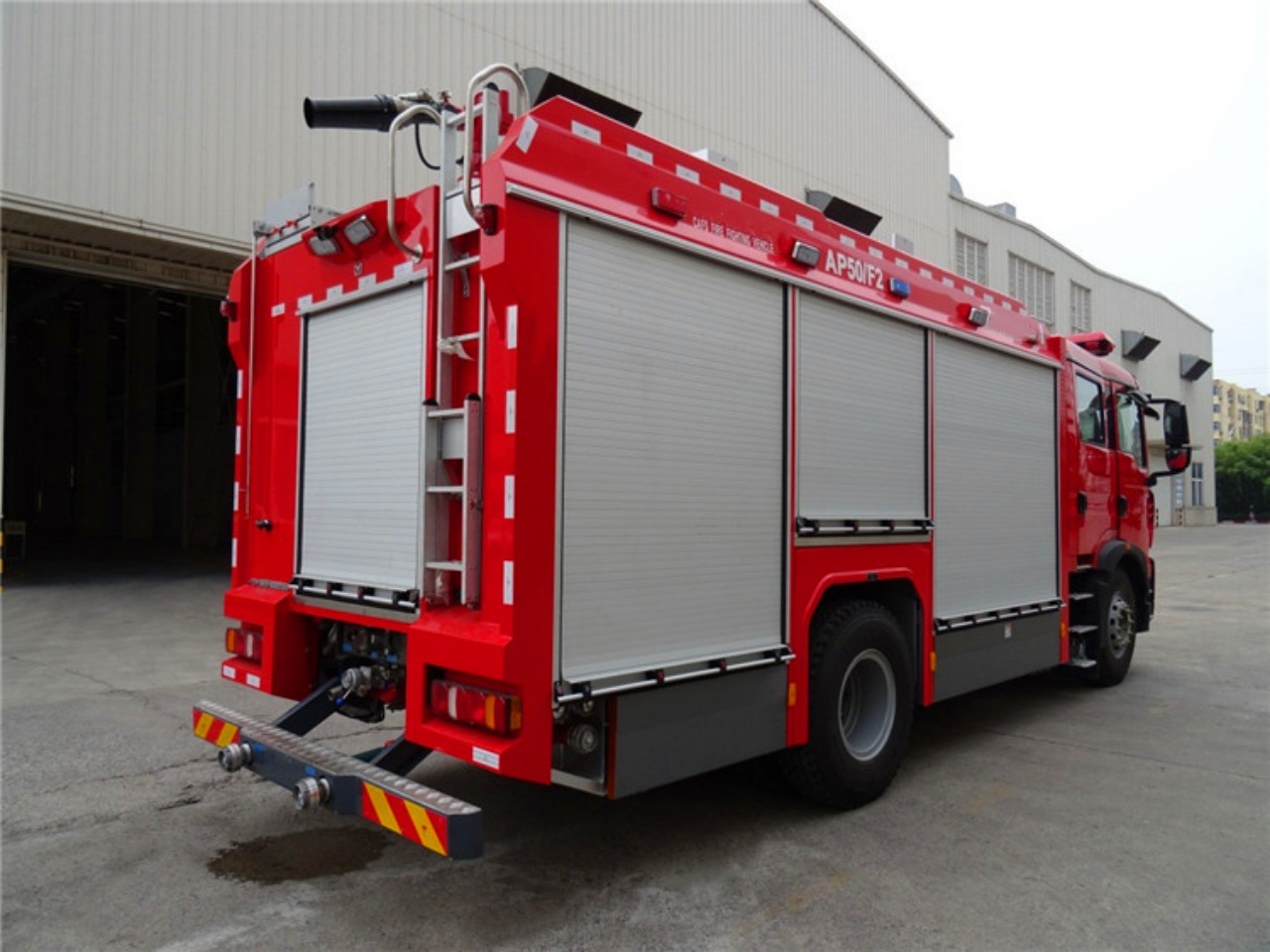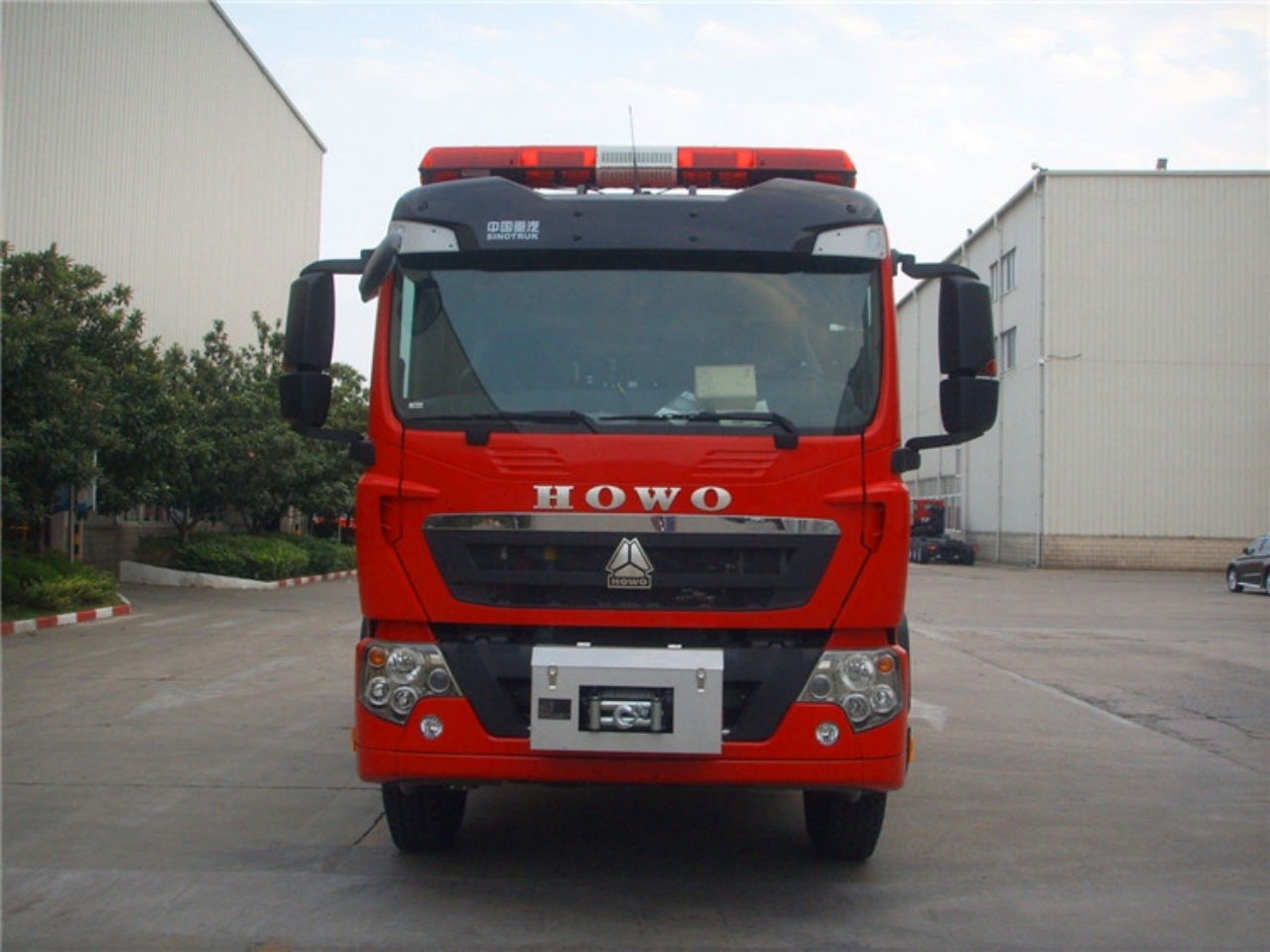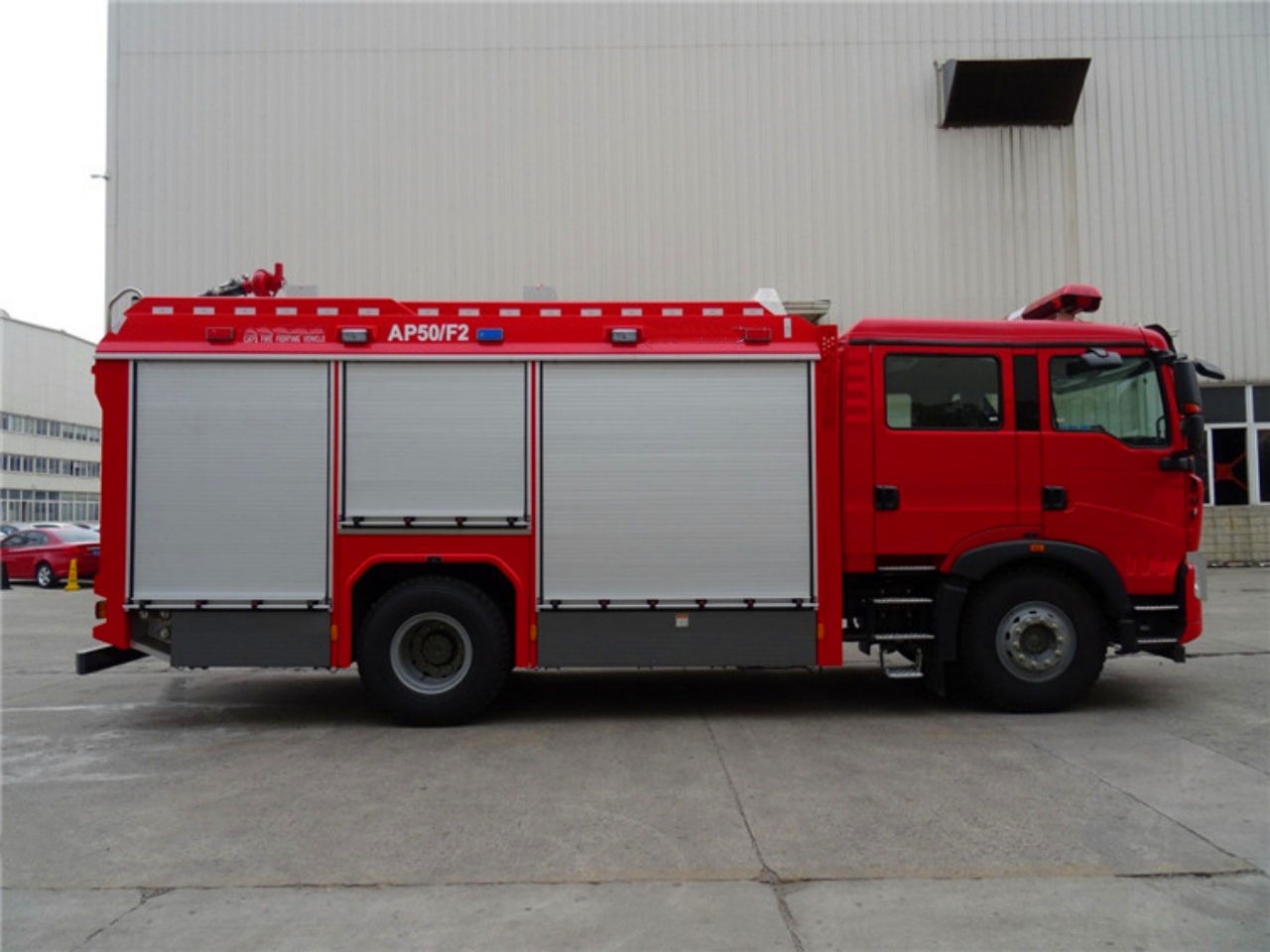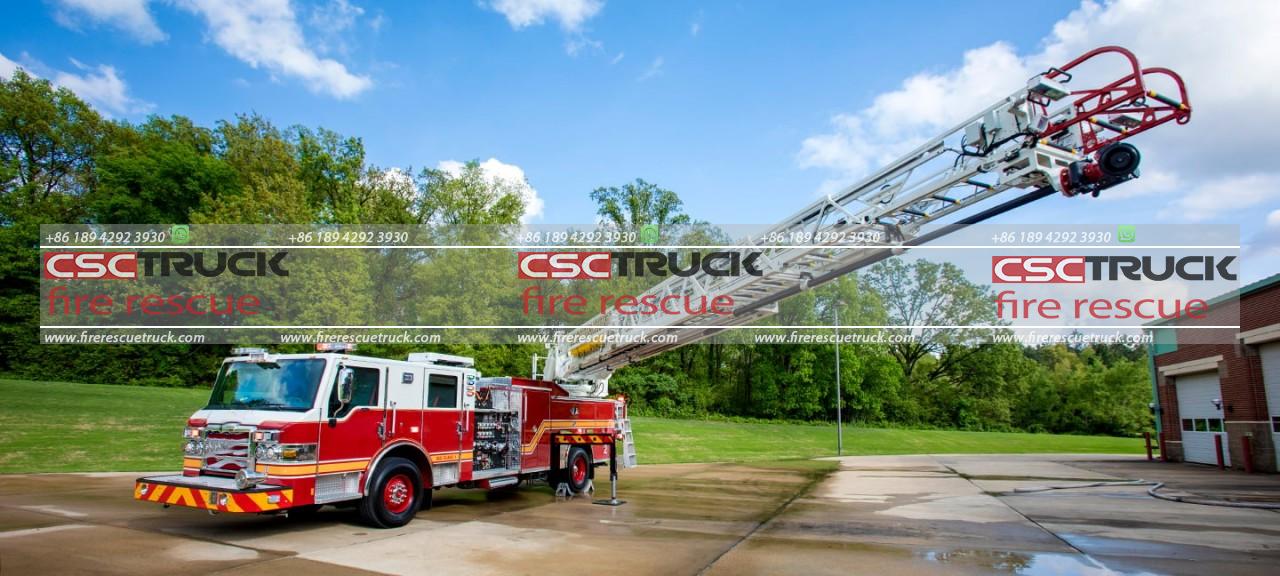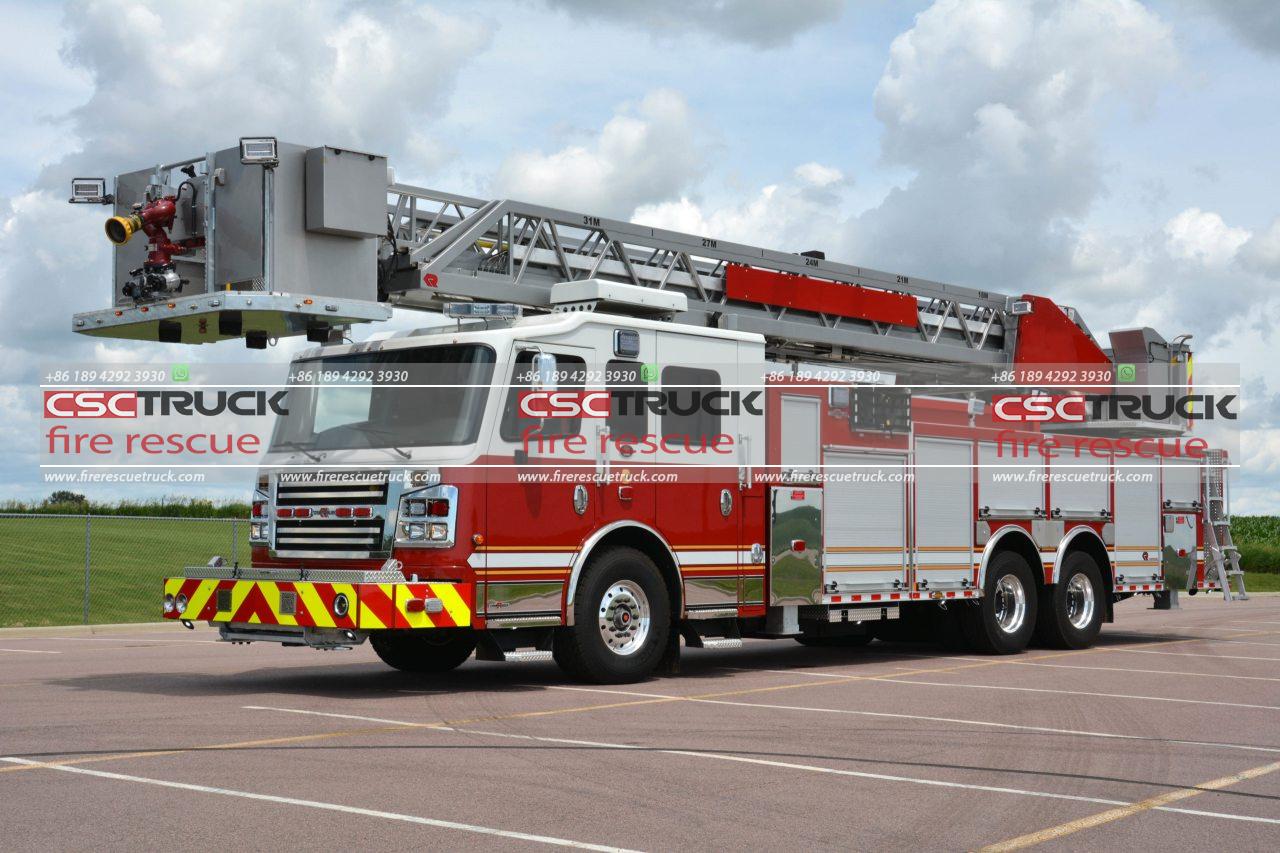In the ever-evolving field of firefighting, the need for innovative and efficient tools has never been more critical. As urban environments expand and fire risks become more complex, fire departments worldwide are increasingly turning to advanced technologies to enhance operational efficiency. One such innovation is the Compressed Air Foam System (CAFS) fire truck—a high-performance apparatus that significantly improves fire suppression capabilities. This article explores the features, advantages, and applications of high-performance CAFS fire trucks and why they represent a vital asset in modern firefighting operations.
Understanding CAFS Technology
Compressed Air Foam Systems (CAFS) revolutionize traditional fire suppression by combining water, foam concentrate, and compressed air to produce a high-quality firefighting foam. Unlike conventional water-based suppression, CAFS delivers a thick, stable foam blanket that clings to surfaces, penetrates combustible materials, and cools fire with exceptional efficiency. The foam expands significantly, covering a larger area than water alone, while reducing water damage and overall environmental impact.
CAFS was initially developed for military and wildland firefighting applications but has since been adopted across municipal, industrial, and airport fire departments due to its effectiveness in structural, vehicle, and hazardous material fires.
Key Components of a High-Performance CAFS Fire Truck
A high-performance CAFS fire truck integrates advanced technologies into a single apparatus to deliver unmatched firefighting performance. Key components typically include:
- CAFS Pump and Air Compressor System
At the heart of the CAFS unit is a specialized pump capable of mixing water and foam concentrate with compressed air. A reliable rotary screw compressor is essential to maintain consistent air pressure, allowing the creation of high-quality, homogenous foam. - Foam Proportioning System
Accurate mixing of foam concentrate is critical. High-performance trucks feature electronically controlled proportioning systems that adjust foam ratios automatically based on operator input or pre-programmed modes. - Water and Foam Tanks
CAFS trucks are equipped with large-capacity water tanks (ranging from 500 to 3000 gallons) and foam concentrate reservoirs. These tanks are made of corrosion-resistant materials and are insulated to prevent freezing in colder climates. - Multipurpose Nozzles and Discharge Outlets
The system delivers foam through a variety of handlines, deck guns, or monitor nozzles. The nozzles are designed for variable spray patterns, allowing firefighters to adapt to different fire scenarios quickly. - Integrated Control Panel
A user-friendly control interface enables the operator to manage all aspects of foam delivery. High-end models include touchscreen controls, real-time diagnostics, and remote operation capabilities. - Chassis and Mobility
Built on robust commercial or custom fire truck chassis from manufacturers like Pierce, Rosenbauer, or E-ONE, CAFS trucks are designed for off-road and urban maneuverability. High ground clearance, all-wheel drive, and heavy-duty suspension allow access to remote fire zones.
Performance Benefits of CAFS Fire Trucks
High-performance CAFS fire trucks offer numerous advantages over conventional water-only fire engines:
- Superior Fire Knockdown
CAFS provides faster knockdown of Class A (ordinary combustibles) and certain Class B (flammable liquids) fires. The foam clings to vertical surfaces and penetrates deep into materials, effectively suppressing hidden embers and hot spots. - Reduced Water Usage
CAFS uses significantly less water, up to 80% less than traditional firefighting methods. This reduction minimizes property damage, runoff, and post-fire cleanup time. - Enhanced Firefighter Safety
The insulating properties of foam create a thermal barrier between heat and firefighters. This added protection, combined with the ability to attack from a greater distance, improves personnel safety on the fireground. - Increased Reach and Versatility
Compressed air propels the foam further than standard water streams. This extended reach is crucial for attacking fires in upper stories, hard-to-reach spaces, or confined industrial settings. - Improved Operational Efficiency
With rapid fire suppression, reduced overhaul time, and streamlined cleanup, CAFS-equipped departments can return to service faster. In regions with limited water supply or infrastructure, the water efficiency of CAFS is particularly advantageous.
Applications Across Firefighting Environments
High-performance CAFS fire trucks are incredibly versatile and find applications across various firefighting scenarios:
- Urban Firefighting: In densely populated areas, CAFS trucks can reduce fire spread in residential and commercial structures, particularly where water supply is constrained.
- Wildland Fires: CAFS is highly effective in creating firebreaks and suppressing brush and grass fires. The foam adheres to vegetation and acts as a retardant, reducing reignition risk.
- Industrial and Chemical Fires: For facilities dealing with flammable liquids and hazardous materials, CAFS provides controlled, efficient suppression with minimal splash or flare-ups.
- Aircraft Rescue and Firefighting (ARFF): CAFS trucks are used at airports for rapid response to aircraft incidents, where foam can smother jet fuel fires effectively.
- Rural and Remote Operations: In areas lacking hydrants or water infrastructure, CAFS trucks offer a mobile and self-sufficient solution.
Environmental and Economic Impact
Beyond firefighting performance, CAFS contributes positively to environmental stewardship and cost-efficiency:
- Reduced Environmental Damage: Lower water usage leads to reduced soil erosion, water runoff contamination, and structural water damage.
- Lower Operating Costs: Faster extinguishment and minimal overhaul translate into lower fuel, maintenance, and personnel costs.
- Compliance with Sustainability Goals: For municipalities striving to meet environmental goals, CAFS supports responsible resource usage and fire mitigation strategies.
Challenges and Considerations
Despite its benefits, CAFS fire trucks also pose some operational challenges:
- Training Requirements: Operating CAFS systems requires specialized training. Firefighters must understand foam behavior, equipment maintenance, and tactical deployment strategies.
- Initial Investment: CAFS-equipped trucks are more expensive than traditional engines. However, the long-term savings in water, manpower, and equipment wear can offset the upfront cost.
- Maintenance Complexity: More components mean more points of failure. Departments must maintain compressors, foam systems, and proportioning units regularly.
The Future of Firefighting with CAFS
The future of firefighting is closely tied to efficiency, sustainability, and adaptability. As fire departments continue to adopt performance-driven strategies, CAFS technology is likely to become more prevalent. Advances in automated foam management, smart diagnostics, and integration with data-driven command systems are set to enhance CAFS fire trucks even further.
Manufacturers are also innovating with hybrid powertrains, modular pump designs, and AI-assisted control systems, all aimed at improving response time, safety, and effectiveness in an increasingly challenging firefighting landscape.
Conclusion
The high-performance CAFS fire truck is a game-changer in modern fire suppression. Offering unmatched extinguishing power, efficiency, and versatility, it addresses many limitations of traditional firefighting methods. Whether combating structure fires in urban centers or wildfires in remote areas, CAFS-equipped trucks provide fire departments with a critical edge in protecting lives, property, and the environment.
As the fire service continues to evolve, CAFS technology is not just a luxury—it is an essential tool in the arsenal of the 21st-century firefighter.
